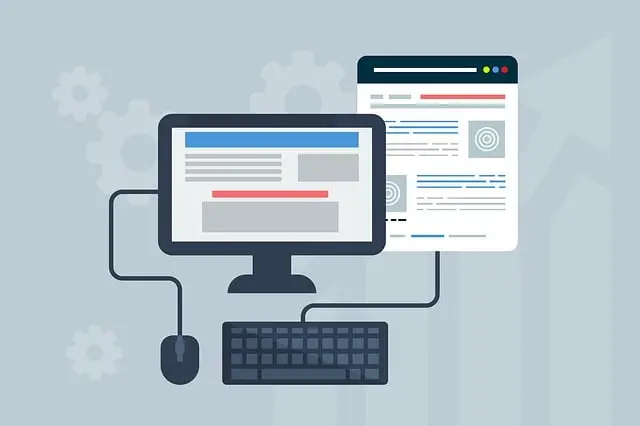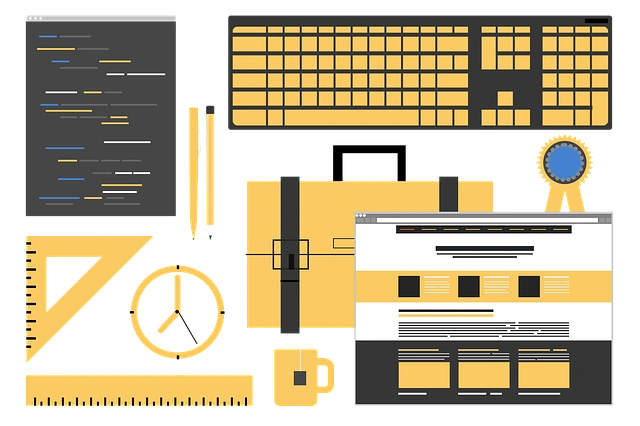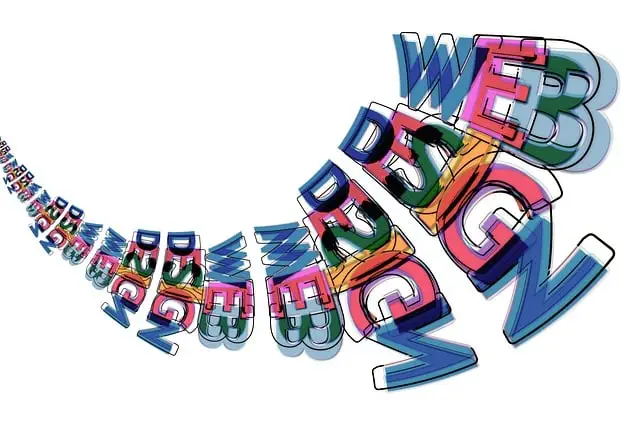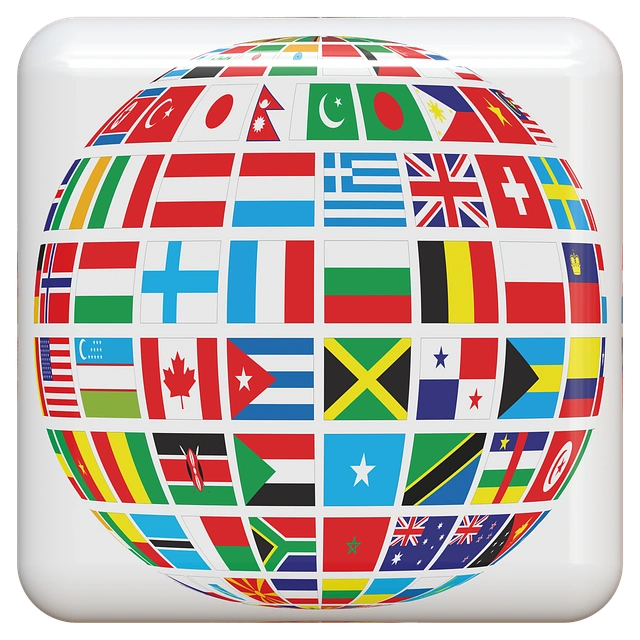A multilingual WordPress website designed by professionals in Cherry Hill, NJ, is a powerful asset for businesses aiming to expand globally. By breaking language barriers, these sites attract diverse audiences, improve user experience, and boost online visibility through SEO rankings. This strategic move enables businesses to expand their customer base, showcase cultural sensitivity, and maintain a visually appealing, functional online presence with manageable development costs. Key steps involve choosing the right plugin (e.g., WPML or Polylang), translating content meticulously, optimizing search engine visibility with language-specific URLs and meta tags, and maintaining the site with regular updates and backups.
In today’s globalized world, reaching a diverse audience requires multilingual websites. WordPress, a popular content management system, empowers businesses in Cherry Hill, NJ, to create dynamic multi-language sites with ease. This article explores the advantages of multilingual WordPress websites, from enhanced user experience and expanded market reach to improved SEO. We’ll guide you through setting up, optimizing, and maintaining your site effectively, ensuring success for your online presence in multiple languages.
- Understanding Multilingual Websites and Their Benefits
- Why Choose WordPress for Multi-Language Sites?
- Setting Up a WordPress Multi-Language Website: Step-by-Step Guide
- Choosing the Right Languages and Translation Tools
- Optimizing Your Site for SEO Across Different Languages
- Best Practices and Tips for Maintaining a Multilingual WordPress Site
Understanding Multilingual Websites and Their Benefits

In today’s globalized world, having a multilingual WordPress website is an essential step for businesses aiming to reach a diverse audience. WordPress Website Design Cherry Hill NJ professionals recognize that creating content in multiple languages opens doors to new markets and fosters cultural connections. By translating your website, you enable non-English speakers to navigate and engage with your brand effortlessly, expanding your customer base significantly.
Multilingual websites offer several advantages. They enhance user experience by catering to a broader range of visitors, ensuring inclusivity. Search engines also favor multilingual sites, improving your online visibility and SEO rankings. Moreover, it demonstrates your commitment to diversity and internationalization, making your business appear more professional and progressive in the eyes of potential global clients and partners.
Why Choose WordPress for Multi-Language Sites?

When considering a multi-language website, choosing WordPress as your platform offers a multitude of benefits for businesses based in Cherry Hill, NJ, or anywhere else. Its versatility and extensive plugin ecosystem make it an ideal solution for creating dynamic, multilingual websites that cater to diverse audiences. With WordPress, you can easily translate content, manage multiple language versions, and optimize your site for search engines across different languages.
The platform’s user-friendly interface and powerful tools simplify the process of adding and managing translated content, ensuring a seamless experience for both users and administrators. Moreover, WordPress’ vast library of themes and templates allows for visually appealing designs, catering to the specific requirements of multi-language websites while keeping development costs manageable. This makes it an excellent choice for businesses seeking to expand their online presence globally without compromising on aesthetics or functionality.
Setting Up a WordPress Multi-Language Website: Step-by-Step Guide

Creating a WordPress multi-language website is an accessible and powerful way to expand your online presence, especially for businesses aiming to cater to a global audience in Cherry Hill, NJ. Here’s a step-by-step guide to help you navigate this process:
1. Choose a Multilingual Plugin: The first step is selecting the right plugin for your needs. Popular choices include WPML and Polylang. These plugins offer robust translation management, allowing you to create language switches within your WordPress dashboard. Install and activate the chosen plugin on your website.
2. Define Your Languages: After installing the plugin, go through the setup wizard to define the languages you want to support. This involves selecting each language you wish to add, providing translation pairs for titles, content, taxonomies, and custom post types. Ensure that all necessary elements are translated accurately.
3. Create Content in Each Language: Now it’s time to populate your site with content tailored to each language. Create new posts or pages, translate existing ones, and ensure consistent formatting across languages. This step requires careful attention to detail to maintain a seamless user experience.
4. Configure Language Switcher: Utilize the settings within your chosen plugin to create a language switcher on your website, typically placed in the header or footer. This switcher allows visitors to select their preferred language, seamlessly transitioning them to the corresponding content.
5. Test and Optimize: Before launching, thoroughly test your multi-language site. Check all links, forms, and functionality across different languages. Ensure proper translation and formatting of dates, numbers, and currencies specific to each region. Optimize your website’s performance to accommodate multiple languages, considering page load times and browser compatibility.
Choosing the Right Languages and Translation Tools

When designing a multi-language WordPress website, one of the key considerations is selecting the right languages to cater to your target audience. This decision should be guided by factors such as market demand, geographical reach, and cultural relevance. For instance, if your business primarily serves clients in Cherry Hill, NJ, offering English content might be sufficient. However, for a more global approach, translating into Spanish, French, or German could open up new markets.
Choosing the appropriate translation tools is equally vital. WordPress provides some built-in translation plugins, but for more complex needs, professional services are recommended. These tools ensure high-quality translations, maintain website functionality across languages, and optimize search engine visibility for each localized version. This strategic approach to language selection and translation will enhance user experience and contribute to the overall success of your WordPress website design in Cherry Hill, NJ, or beyond.
Optimizing Your Site for SEO Across Different Languages

When designing a WordPress multi-language website, especially for a local business like those in Cherry Hill, NJ, optimizing for search engine visibility across languages is paramount. This involves ensuring that each language version of your site is properly structured and optimized with relevant keywords to attract targeted traffic. Plugins like WPML or Polylang can facilitate this by providing tools to create language-specific URLs, translate content, and manage meta tags effectively.
By utilizing these plugins, you can maintain a user-friendly experience for visitors speaking different languages while also helping search engines understand the context of your content. This includes optimizing title tags, meta descriptions, and header tags in each language to match relevant keywords, ensuring that your WordPress website design in Cherry Hill, NJ, ranks well in local and global searches for its targeted demographics.
Best Practices and Tips for Maintaining a Multilingual WordPress Site

Maintaining a multilingual WordPress site requires careful planning and consistent effort. One of the best practices is to choose a reliable, translation-ready theme that supports multiple languages from the start. This ensures compatibility with translation plugins like WPML or Polylang, which are essential for managing content in different languages. Regular updates of both the theme and plugins are crucial to maintain security and functionality.
Additionally, creating separate language versions of your content is vital for a seamless user experience. This includes translating not just text but also menus, widgets, and any dynamic content. Utilizing custom post types and taxonomies can help organize content by language, making updates more manageable. Regularly backing up your site and using a reliable hosting service in Cherry Hill, NJ, will safeguard your multilingual WordPress website against potential issues, ensuring it remains accessible and functional to a global audience.






